Baobab: the “tree of life” is slowly dying
The exquisite silhouettes of baobab trees at sunset is a popular postcard for anyone who has been (or aspires to travel) to Madagascar or Southern Africa. This popularity of the Avenue of the Baobabs in Madagascar has brought some recognition to this grand but beleaguered species. In addition, various popular movies and books feature the baobab tree e.g. in Disney’s Lion King (it is Rafiki the monkey’s tree), Madagascar the movie (King Julien’s Palace and where events are held) and the famous novel ‘The Little Prince’.
The Baobab is known as the ‘Tree of life’ due to the many uses of this hardy tree, its extraordinary lifespan and the economic and social impact it has on the lives of animals and human communities. Tragically, after adapting to harsh conditions across millennia, this grand tree is now slowly dying away due to the destructive influence of man.

The Mother of the forest
The Baobabs are quite amazing trees. Found in 32 countries, they can live for up to 2,000 years, reach up to 30 metres high and up to an enormous 50 metres in circumference. Baobabs normally grow in very harsh – dry, arid conditions but have wonderfully adapted to its environment. It is thus, a positive symbol of persistence of life and resilience in impossible conditions where all others fail.
How does the baobab do it? The baobab sheds its leaves during the dry seasons to reduce water loss. Its deep tap root also spreads out giving it a higher chance of survival when water is scarce – at times, the span of the roots reportedly exceed its height! The thick bark (often able to regenerate as well) protects it from bush fires. It is a succulent and during the rainy season it absorbs and stores water in its vast trunk – about 60-75% of its massive trunk is water. This enables it to produce a high nutrition fruit in the dry season when all around is dry and arid.
The upside down tree
When devoid of leaves in the dry season, the relatively small spreading branches of the baobab look like roots sticking up into the air, giving an impression that the tree is planted ‘upside-down’. Hence, sometimes called the ‘upside-down’ tree. This is in addition to other names like the Bottle tree (shape), the cream of tartar tree or the monkey bread tree.
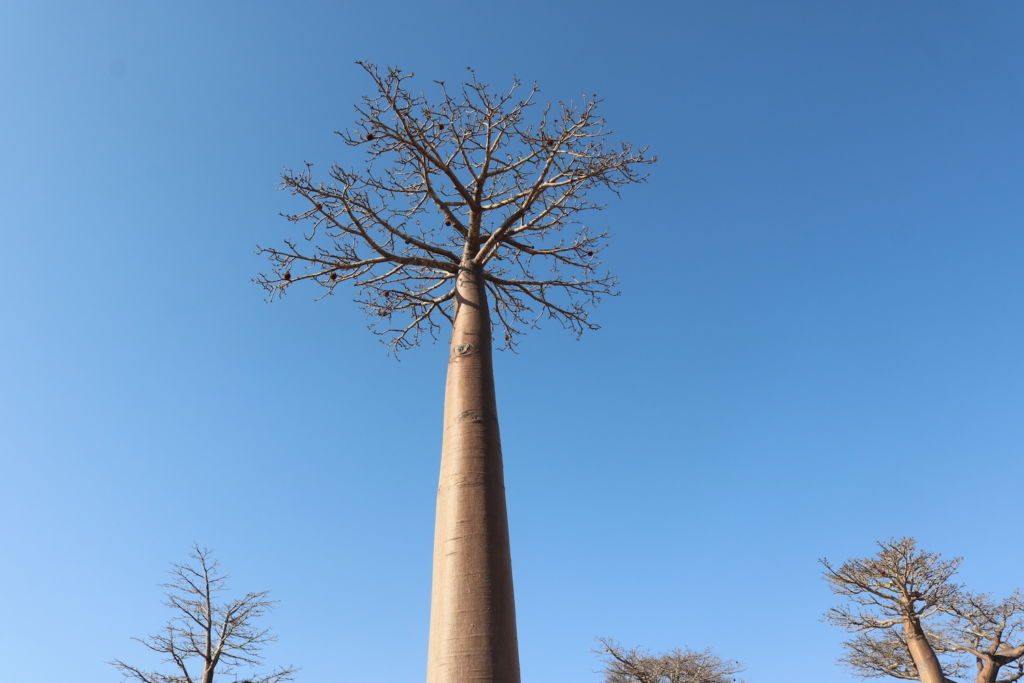
Extraordinary Lifespan of the baobab
The Baobabs are very slow growing and have incredible lifespans. Some trees in the Avenue of Baobabs are reportedly more than 800 years old! Reportedly, the Panke baobab in Zimbabwe was some 2,450 years old when it died in 2011, making it the oldest angiosperm ever documented. In addition, two other trees — Dorslandboom in Namibia and Glencoe in South Africa — were estimated to be approximately 2,000 years old.
Baobab: The Tree of life
The Baobab tree (Genus Adansonia)is named after Michel Adanson, who first described the African Baobab in detail. Adanson concluded that the baobab, of all the trees he studied, “is probably the most useful tree in all.”
Called the ‘Tree of Life’, the baobab tree is truly a magnanimous tree. Every part of the Baobab is valuable and useful in some fashion. The leaves are used in traditional medicine to cure diseases (kidney and bladder disease, asthma, insect bites, infectious diseases..). Its bark can be turned into rope, clothes, hats, strings for musical instruments. The baobab fruit is high in nutrients and is used to make health foods (local beverages and as a popular desert) and as a flavourful ingredient in the local rhum. Baobab seeds yield oil that is valuable for the cosmetics industry. The trunk stores water and can be harvested by thirsty travellers. (the San bushmen were the early to utilise it this property).
If this is not enough, the baobab provides food and shelter for a myriad number of species, from the tiniest insect to the mighty African elephant. Sometimes, the hollow center of an old baobab also provides valuable shelter – e.g. the Sunland farm in South Africa has a Pub in an old baobab!
The baobab is a life giver – a creator of its own unique ecosystem.
Types of baobabs: Species
But is this genus of trees unique to Madagascar? Not necessarily. Of the total nine species of the Baobab trees, six are native (and endemic) to Madagascar. Two species are native to mainland Africa and the Arabian Peninsula, and one is native to Australia. One of the mainland African species (Adansonia digitata) is also found in NW Madagascar, but it is not a native of Madagascar. The African and Australian baobabs are almost identical despite having separated more than 100 million years ago, probably by oceanic dispersal.
The list of species of the Baobab tree are:
- Grandidieri’s baobab: Adansonia grandidieri – Western Madagascar, local name: Reniala – “mother of the forest”
- Grey baobab: Adansonia madagascariensis – NW Madagascar, local name: Bozy malandy
- Perrier’s baobab: Adansonia perrieri – Northern Madagascar, local name: Bozy, (critically endangered)
- Fony baobab: Adansonia rubrostipa -Western Madagascar, local name: Fony baobab
- Suarez baobab: Adansonia suarezensis– Northern Madagascar near Diego Suarez, local name: bozy mena
- Za baobab: Adansonia za – Western and southern Madagascar, local name: za baobab
- African baobab: Adansonia digitata – Continental Africa (Introduced to Madagascar NW)
- Australian baobab: Adansonia gregorii
While the Reniala and the Suarez baobab are ‘endangered species’, Perrier’s baobab has been declared as ‘critically endangered’. Perrrier’s baobab is found only in the Ankarana forest of Northern Madagascar.
Note: Earlier, Montane African baobab: (Adansonia kilima) found in Eastern and Southern Africa, was considered to be a separate species. However, studies have shown that this specie is genetically identical to to the African Baobab (Adonsonia digitata)
I have been very fortunate to see 7 species of Baobabs – 6 in Madagascar (all the endemic ones!) and one in Sri Lanka!
The Baobabs of love – Baobab Amoureux
About 7 km to the northwest of the Avenue of baobabs is the Baobab Amoureux (the Baobabs of Love). Here, there are two Adansonia za trees, that have grown twisted around each other as they grew. However, the Baobab Amoureux is definitely not unique – just the best looking and the most publicized. I found two more specimens of the ‘love’ baobabs in Kirindy Private reserve and in Ifaty.
Where else can you find Baobab trees?
Other than Africa and Madagascar, I have heard / seen Baobabs in other unusual places as well! One is in our very own home country – in the ancient city of Mandu in Madhya Pradesh. Check out this very nice blog: To Mandu, From Madagascar by Raul Dias.
The other one I saw myself in Sri Lanka. This was my first sighting of a Baobab tree – long before I visited Madagascar. While travelling in Sri Lanka, in the remote northern town of Mannar, we found (nearly by accident – courtesy Lonely Planet) this local attraction – a nearly 700 year short and grumpy Baobab. Read a lot more about the legends and stories of Baobab trees in Sri Lanka in this well researched article: The Baobab Trees of Mannar.
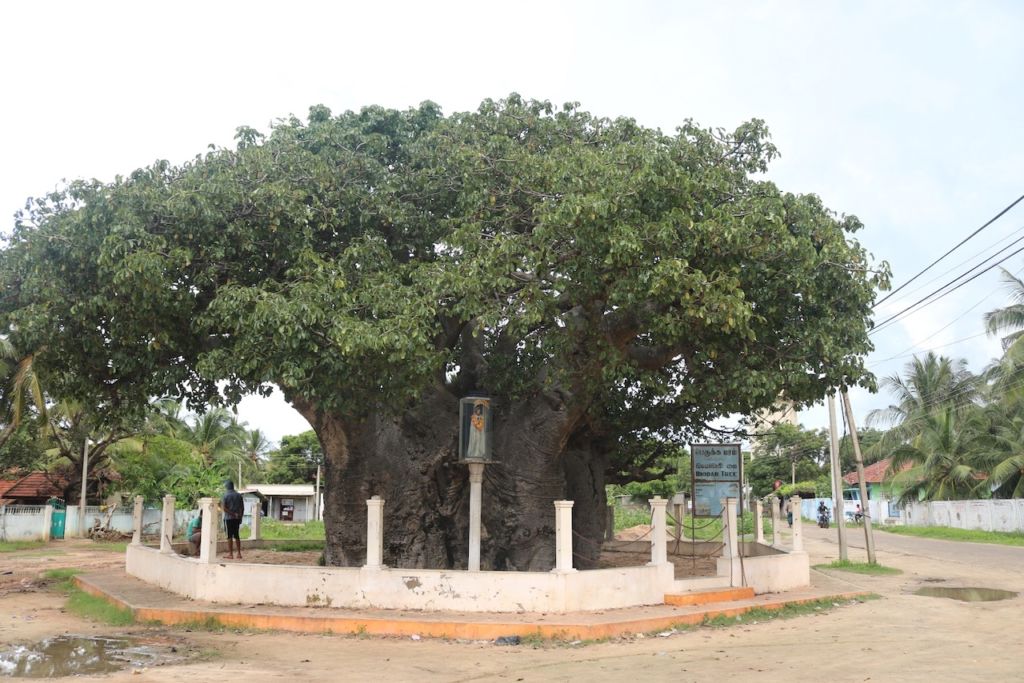
End of an era?
Baobabs are resilient survivors; They are beautifully adapted to the harsh environment eking out a long life where most species fail. They can be burnt (which often happens in their dry habitats) or stripped of their bark, and they will just form new bark and carry on growing. When they do die, they simply rot from the inside and suddenly collapse, leaving a heap of fibre, which makes the locals think that baobabs don’t die at all, but simply disappear.
After having adapted thus over millions of years to survive in severe conditions, the resilience of the baobab, however, has proven no match to man’s destructive behaviour. Both the direct and indirect effects of man’s actions are gradually killing off these majestic life givers.
Loss of habitat and deforestation for agriculture have dealt a direct blow to the survival and propagation of these hardy trees. To add fuel to the fire, man has endangered the existence of many of the ‘seed-dispersal’ animals of baobabs. This means that the ability of the baobab to propagate and survive long term is also in question. In Africa, bats, elephants, baboons, rhinos and antelopes convey the baobab seeds over short / long distances – essential for long term survival. But, sadly in Madagascar, no living local animal is capable of dispersing baobab seeds – all are now extinct – courtesy the human race. It is believed that ‘gorilla lemurs’ prior to their extinction were the primary ‘dispersers’.
The Mysterious death of baobabs
Shockingly, in the early part of this century, it was noticed that baobabs in southern Africa began to die off rapidly. In a 12 year period from 2005, 9 of the 13 oldest African baobab specimens and 5 of the 6 largest trees have died or suffered the collapse and death of their largest or oldest stems. Aged between 2,500 and 1,100 years, the list includes the Panke baobab – the oldest living tree. The trees appear to become parched, then become dehydrated and unable to support their massive trunks.
Sadly, the actual reasons for the sudden death after surviving for hundreds of years are not known clearly. Since there is no sign of disease or pest, scientists speculate that the die-off was a result of changes in the climate (hotter) due to Global climate change.
Check out these two articles on this phenomena.
Climate change affects baobabs
“Wisdom is like a baobab tree: no one individual can embrace it” – an African proverb. Unfortunately, humans even as a species do not seem to have the wisdom to respect the environment and protect these majestic trees.
Planning for Madagascar to spot the unique wildlife and landscapes of Madagascar. Check out our Madagascar page here.




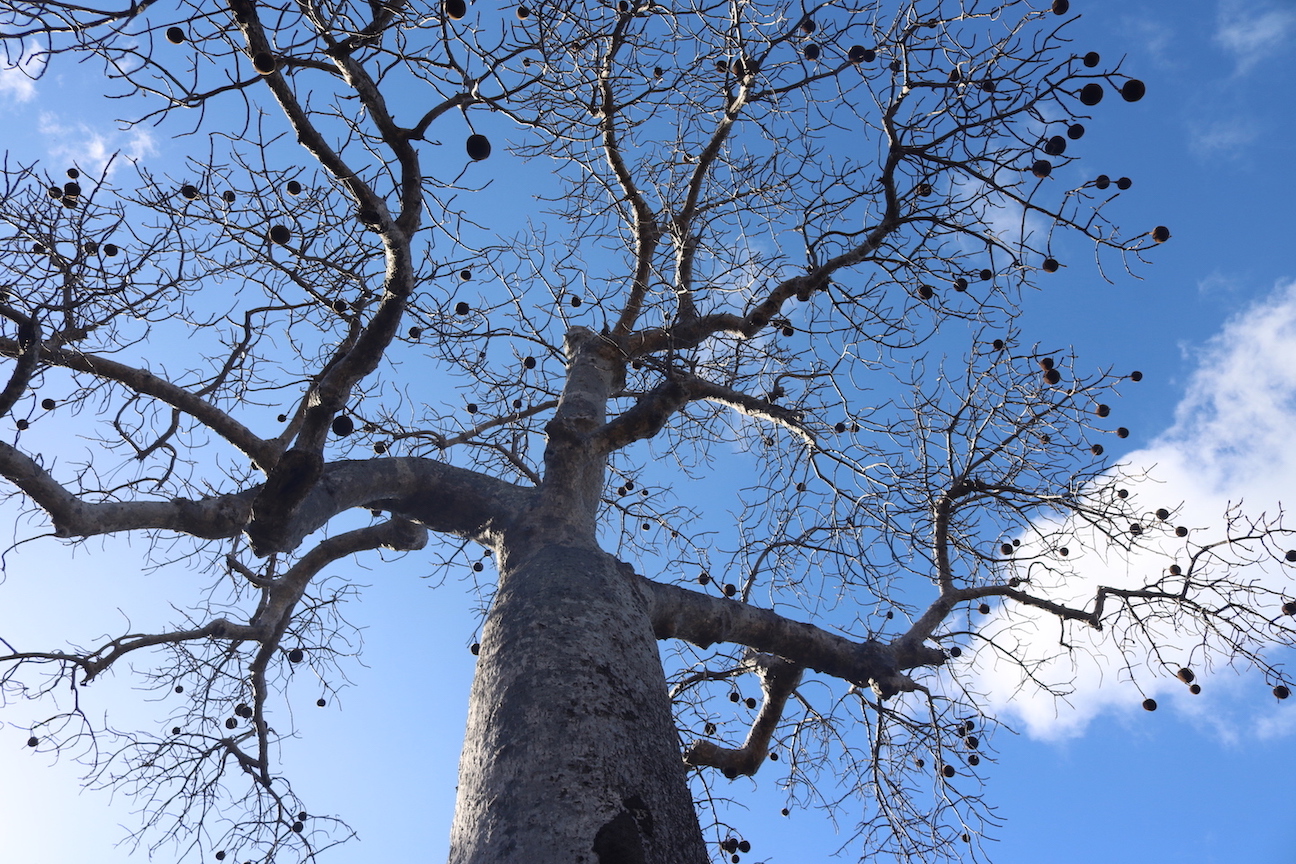

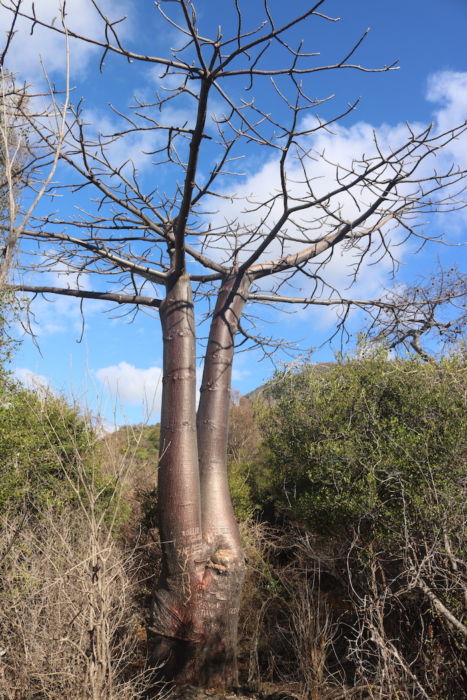

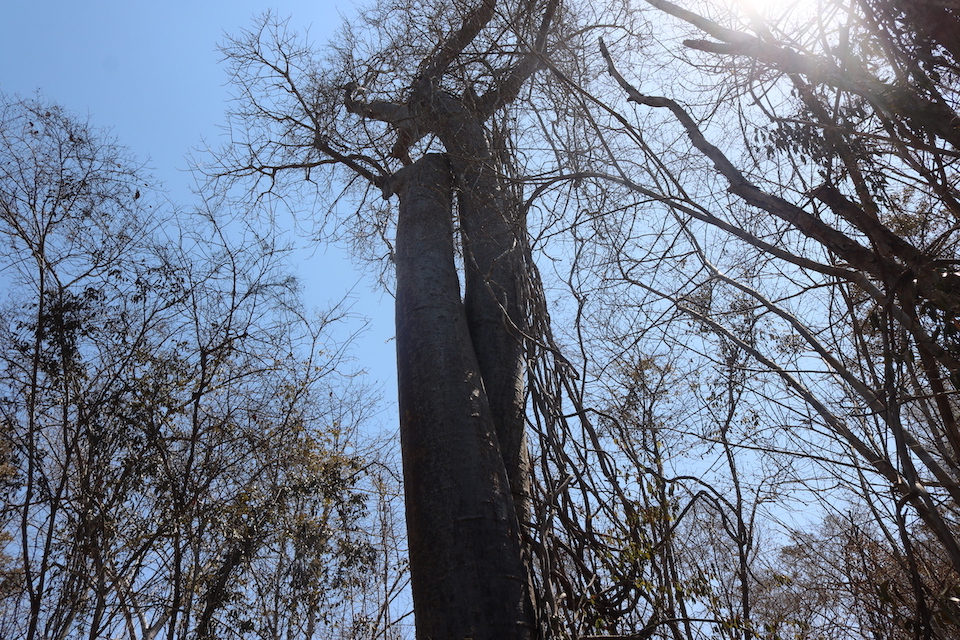

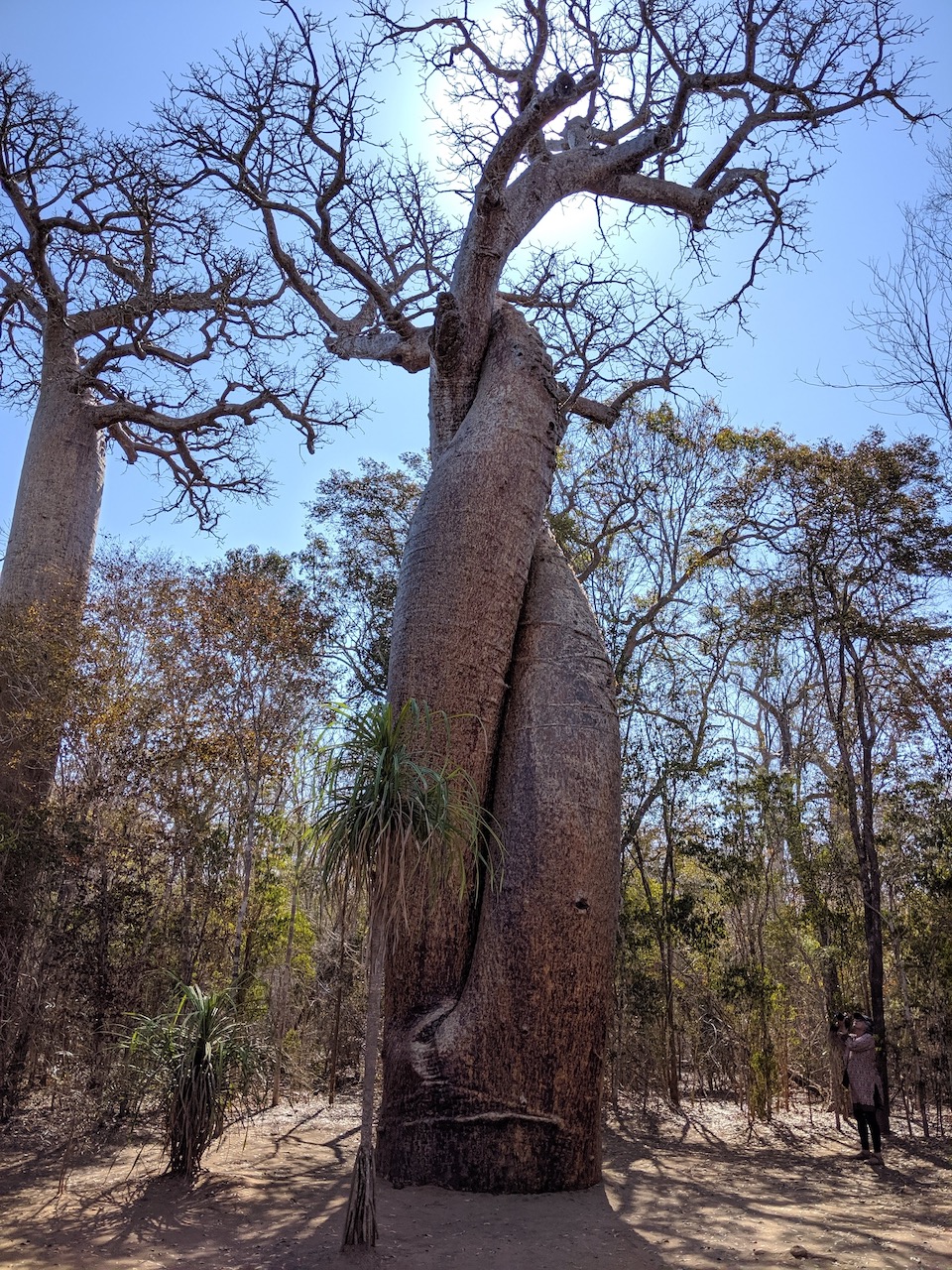
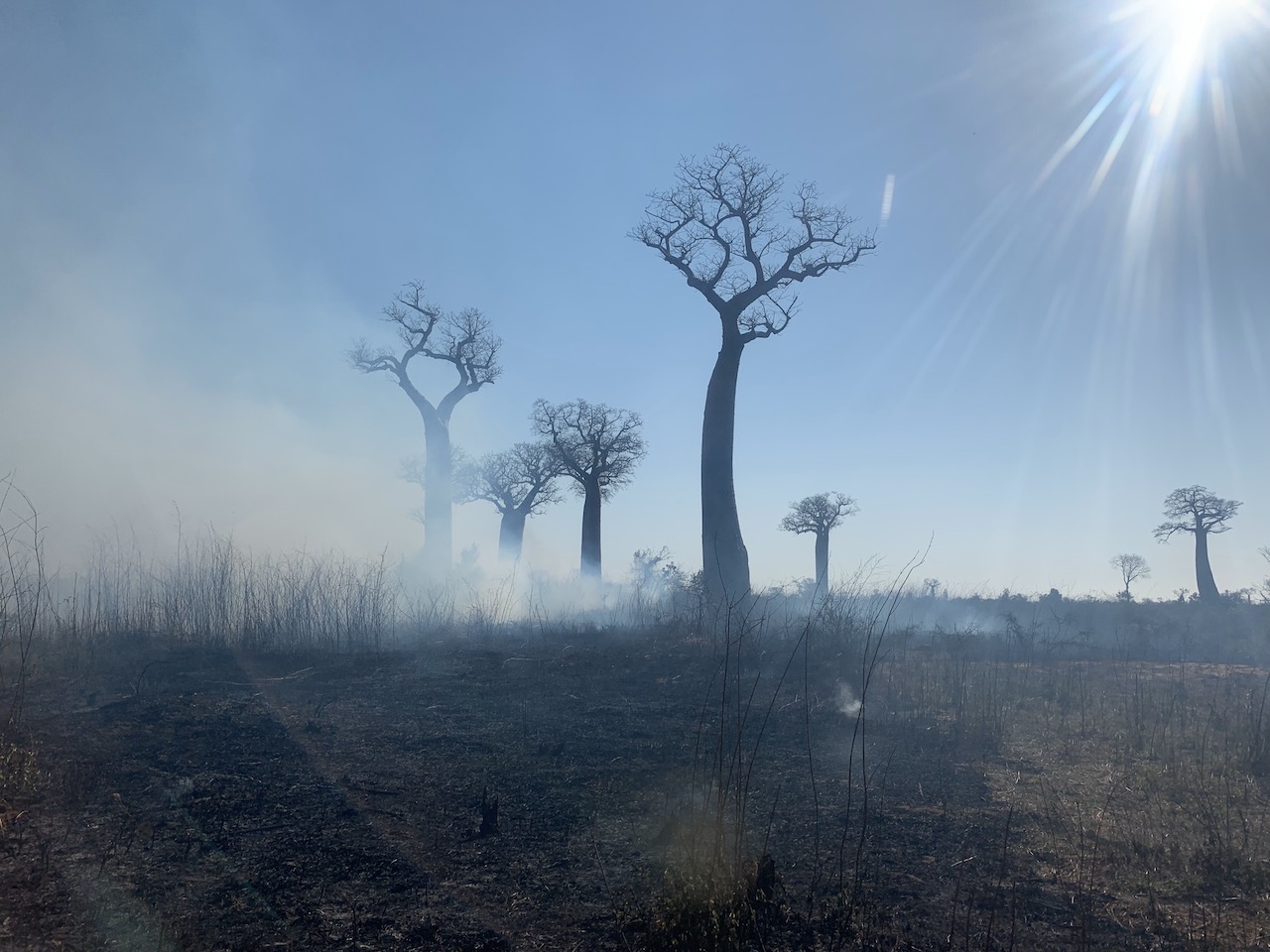
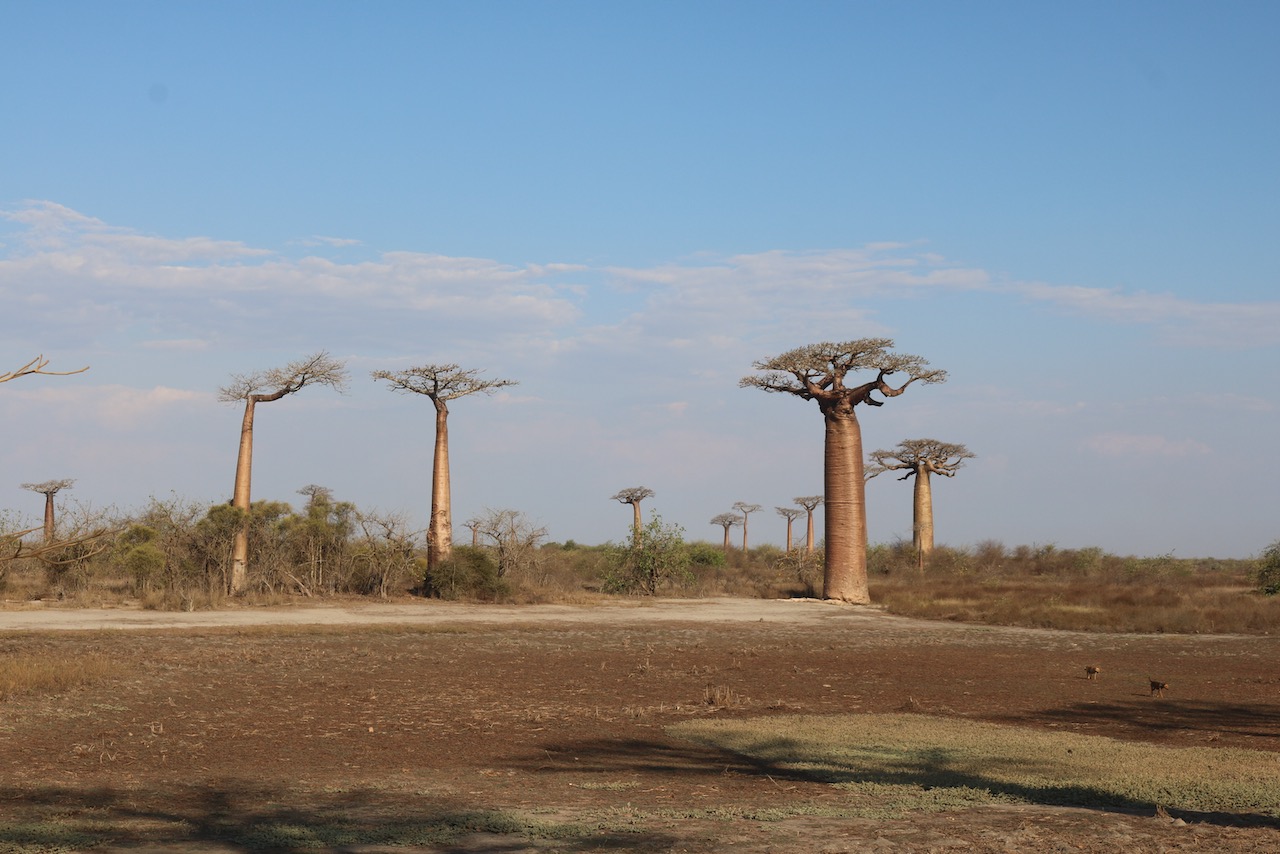
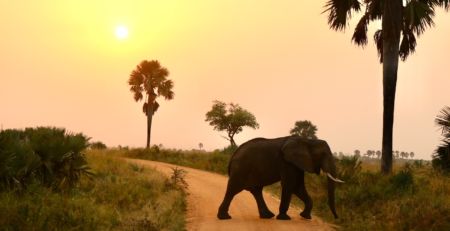
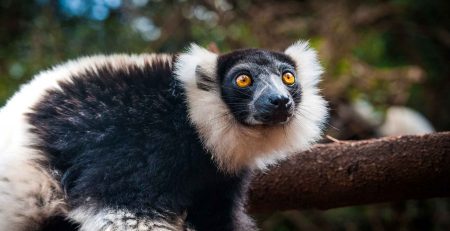


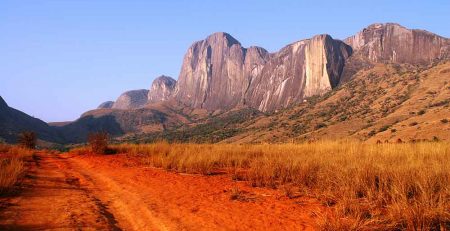

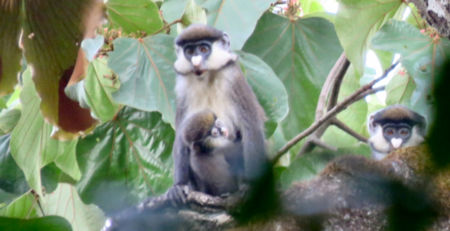

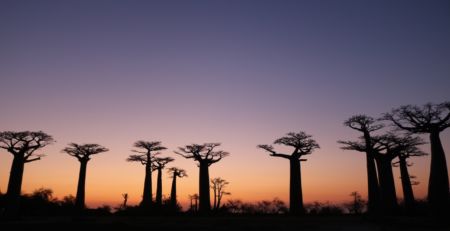

Comments (2)
Adansonia kilima does not exist. Adansonia digitata was mistakenly assumed to be another species.
Hi Diana,
Thanks for the correction & information. I’ve modified the blog accordingly!
Regards
Srini